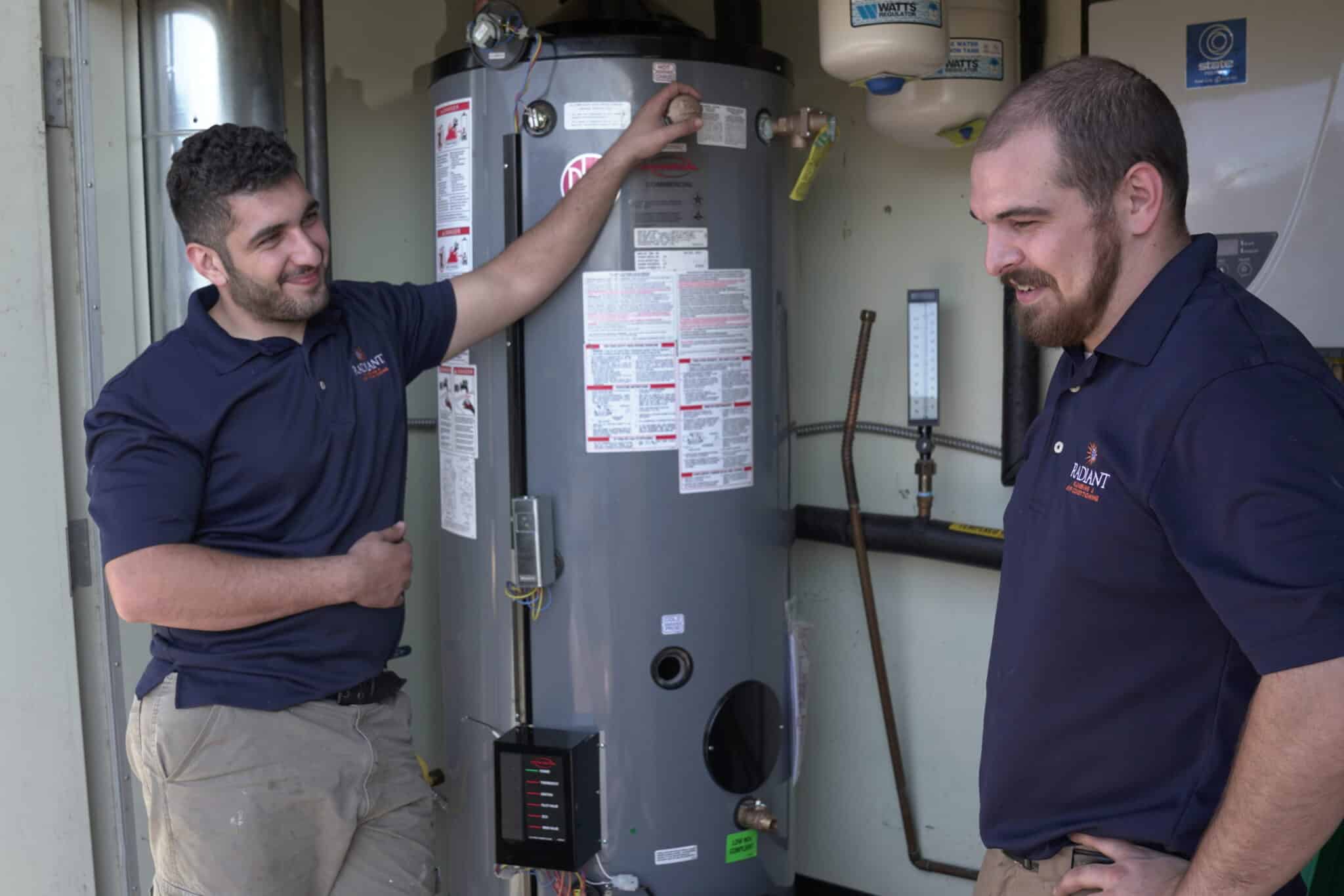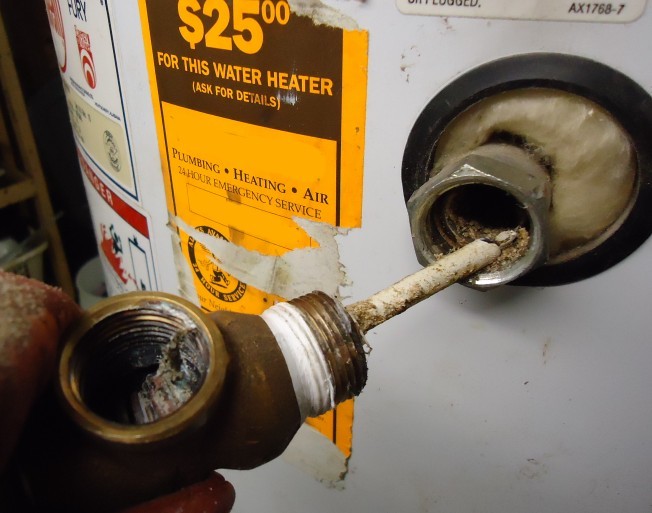Just how do you feel when it comes to Tips on Maintaining a Water Heater?

Hot water is essential for everyday comfort, whether it's for a rejuvenating shower or washing meals. To guarantee your hot water system runs successfully and lasts longer, routine maintenance is crucial. This post provides functional tips and understandings on just how to maintain your home's hot water system to stay clear of disruptions and expensive repair work.
Intro
Maintaining your home's warm water system might seem overwhelming, yet with a few basic steps, you can ensure it runs efficiently for years to find. This overview covers everything from comprehending your warm water system to do it yourself maintenance ideas and recognizing when to hire expert aid.
Relevance of Maintaining Your Hot Water System
Normal upkeep not only prolongs the life-span of your hot water system but likewise guarantees it runs efficiently. Disregarding maintenance can result in reduced efficiency, higher power costs, and also premature failure of the system.
Indications Your Warm Water System Demands Upkeep
Knowing when your warm water system needs attention can stop major problems. Keep an eye out for indicators such as irregular water temperature, unusual noises from the heating unit, or rustic water.
Recognizing Your Warm Water System
Prior to diving right into upkeep jobs, it's handy to recognize the standard components of your hot water system. Generally, this includes the water heater itself, pipelines, anode poles, and temperature controls.
Monthly Maintenance Tasks
Regular monthly checks can help catch minor issues before they escalate.
Flushing the Water Heater
Purging your hot water heater gets rid of debris build-up, enhancing effectiveness and lengthening its life.
Monitoring and Changing Anode Rods
Anode poles stop deterioration inside the storage tank. Checking and changing them when worn is important.
Inspecting and Readjusting Temperature Level Setups
Changing the temperature level settings guarantees optimum efficiency and safety.
Do It Yourself Tips for Upkeep
You can carry out numerous upkeep tasks on your own to keep your warm water system in top problem.
Checking for Leaks
Routinely evaluate pipelines and connections for leaks, as these can bring about water damage and greater expenses.
Testing Pressure Alleviation Valves
Checking the pressure safety valve ensures it operates correctly and protects against extreme stress accumulation.
Insulating Pipelines
Insulating warm water pipelines reduces warmth loss and can save power.
When to Call a Specialist
While DIY upkeep is useful, some concerns need specialist competence.
Facility Issues Needing Professional Assistance
Instances include significant leaks, electric troubles, or if your water heater is continually underperforming.
Routine Expert Maintenance Advantages
Expert upkeep can include detailed inspections, tune-ups, and ensuring conformity with safety and security standards.
Final thought
Routine upkeep of your home's hot water system is necessary for performance, longevity, and expense financial savings. By following these ideas and recognizing when to seek expert aid, you can ensure a dependable supply of warm water without unanticipated disruptions.
How to Maintain an Instant Hot Water Heater
Before tinkering with your hot water heater, make sure that it’s not powered on. You also have to turn off the main circuit breaker and shut off the main gas line to prevent accidents. Also turn off the water valves connected to your unit to prevent water from flowing into and out of the appliance. 2. When you’re done, you have to detach the purge valves’ caps. These look like the letter “T†and are situated on either side of the water valves. Doing so will release any pressure that has accumulated inside the valves while at the same time avoid hot water from shooting out and burning your skin. 3. When the purge valves’ caps are removed, you have to connect your hosing lines to the valves. Your unit should have come with three hoses but if it didn’t, you can purchase these things from any hardware or home repair shops. You can also get them from retail stores that sell water heating systems. Read the user’s manual and follow it to complete this task properly. When the hosing lines are connected, open the purge port’s valves. 4. You should never use harsh chemical cleaners or solutions when cleaning your unit. Make use of white vinegar instead. It should be undiluted and you’ll probably use about 2 gallons. 5. Now flush your water heater. This task should probably take about 40 minutes. We can’t give you specific directions for this because the procedure is carried out depending on the type, model and brand of your heater. With that being said, refer to the user’s manual. 6. When you’re done draining the unit, you have to turn off the purge port valves again. Remove the hosing lines that you earlier installed on each of the water valves. Put the valve caps (purge port) back in their respective places and be very careful so as not to damage the rubber discs that are found inside these caps. 7. Now that everything’s back in place, check your user’s manual again to find out how to reactivate your water heating system. 8. Once it is working, turn one of your hot water faucets on just to let air pass through the heater’s water supply pipes. Leave the tap on until water flows smoothly out of it. https://www.orrplumbing.com/blog/2014/september/how-to-maintain-an-instant-hot-water-heater/

I found that page about What Kind of Maintenance Do Water Heaters Need? when perusing the web. Do you know about somebody else who is curious about How to Maintain Your Water Heater & Prolong its Life? Why not share it. Thanks a lot for your time. Don't hesitate to come by our site back soon.
Call Today